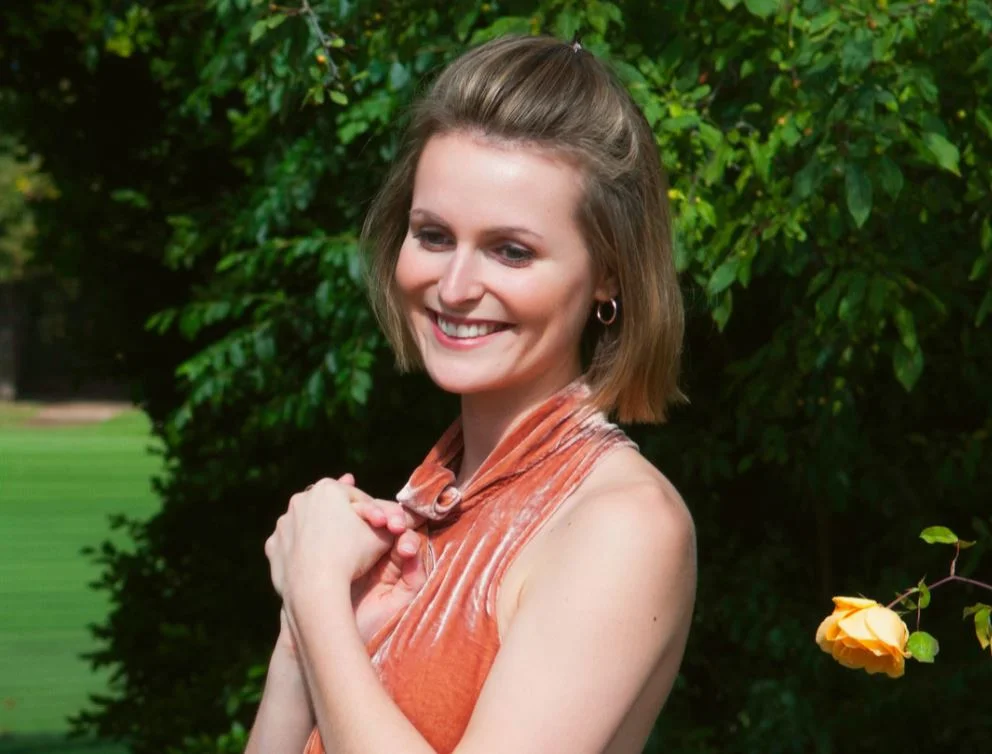As the coronavirus approached its peak in Britain and the cobwebs grew larger at London’s Coliseum, there came sad news that the English National Opera’s illustrious head, Sir Peter Jonas, had passed away.
Welcome to Opera Spy
Here, I post my reviews and document my love of opera. I hope you enjoy it. Please feel free to comment on any of my posts or contact me if you wish to.
Have a nice stay!
David Buchler



















